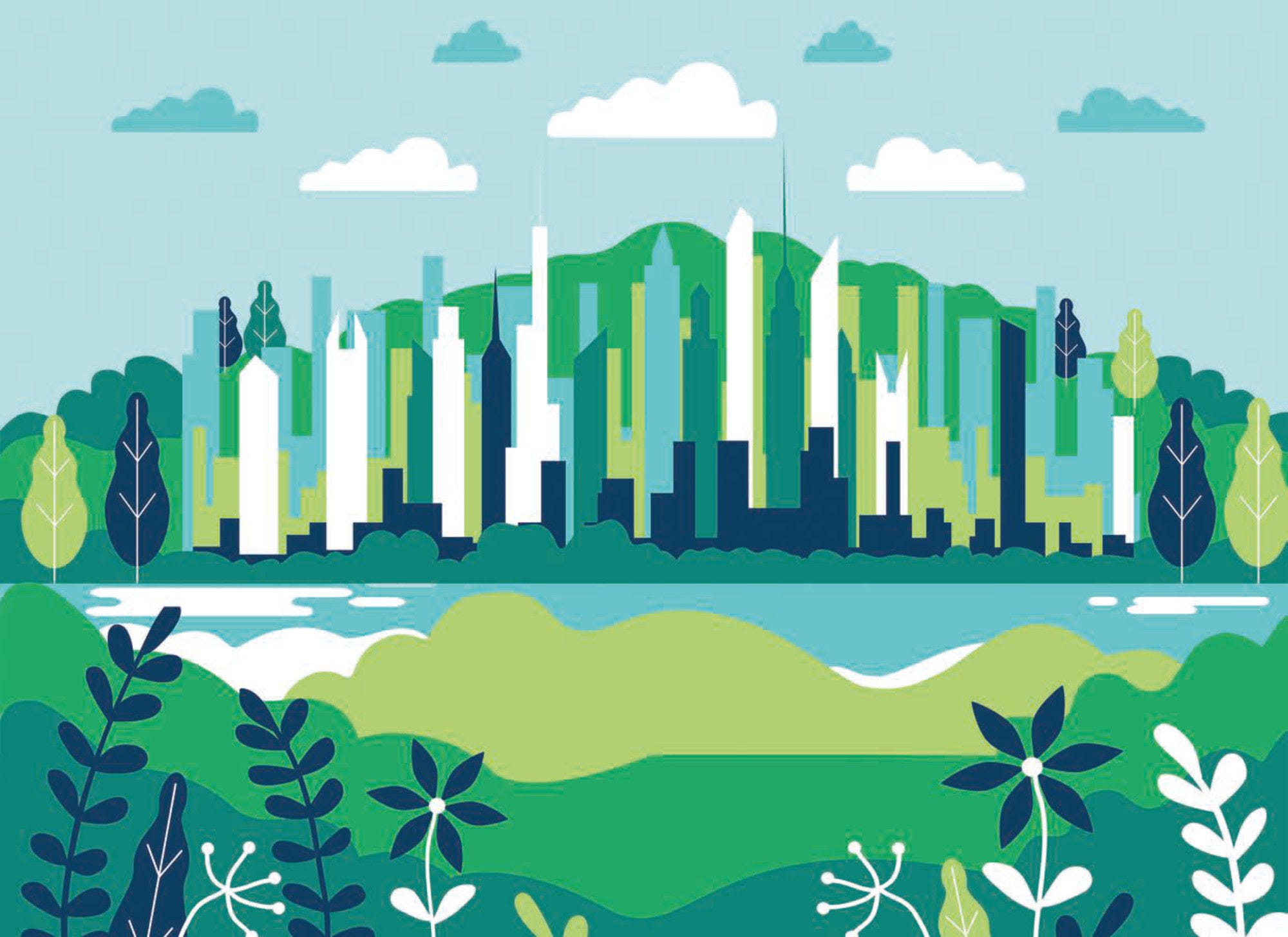The government uses land readjustment for urban expansion and to obtain public land for lease or sale, with national law providing the legal basis. Some portion of readjusted land is usually reserved for public benefit. Public entities typically execute land readjustment projects, but private landowners may also do so under certain conditions. They typically involve local government and special purpose bodies. Local governments must receive approval from the national government, which receives revenues derived from land readjustment.
Jurisdictions can conduct land readjustment when it increases the value of land, when it takes place on land zoned for specific uses or when all plots within the area are in the land registry. Private landowners may do so when they possess a certain share of the area earmarked for land readjustment, with some plots typically reserved for public services to enhance the value of the land.
When executing projects pertaining to housing or economic development, the government seeks broad consent from landowners and often reaches the needed consent levels. However, consent is not sought for public infrastructure projects, and expropriation in exchange for compensation below market rate is an option if landowners resist providing their plots, though this option is never used.
After readjustment, landowners can receive a plot valued in proportion to their original holdings or, if the original plots are smaller than a specific size, cash compensation. However, if the readjusted plots are less valuable than the original ones, landowners are not entitled to compensation, nor are they required to provide compensation if reallocated plots are more valuable. Third party investors can receive readjusted plots in return for their investment in a project, and landowners can exchange reallocated plots for cash.
It is mandatory by law, though not always applied, that 20% of readjusted plots be reserved for public infrastructure and service improvements, including public space, public transport, roads, public utilities, administrative buildings, or services for the neighbourhood (e.g. schools, elderly care). Land in the readjusted and newly planned area typically includes the creation of collectively or publicly owned plots that can be sold or leased. These revenues cover about 5 per cent of the cost of public improvements related to land readjustment projects.
Obstacles to land readjustment include landowner resistance, the lack of a legal framework, an inaccurate land registry, the cost or controversy related to expropriation, lack of resettlement alternatives, the protection of marginalised populations impacted by land readjustment projects, and that revenues raised do not justify the cost of such projects.
Following an institutional change of 2018, municipalities are now responsible for regional planning instead of the national Ministry of Infrastructure. This has led to transaction costs related to changes in roles, causing the process of land readjustment in Tunisia to take several years. In addition, the unclear legal status of some land has made the process more difficult, which is particularly true of co-owned or community land.
